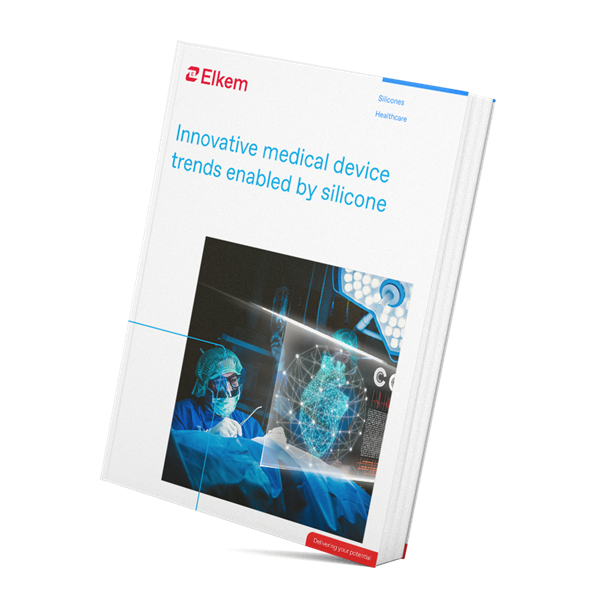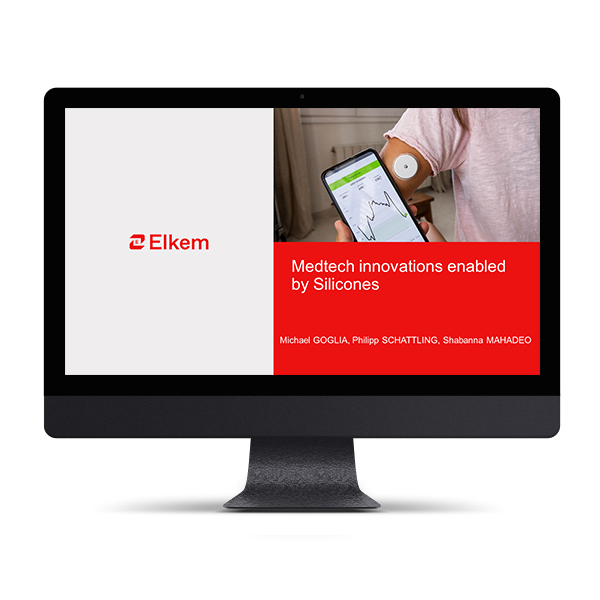- Exploring IVD trends and emerging technologies: Is microfluidics the future?
Exploring IVD trends and emerging technologies: Is microfluidics the future?
In-vitro diagnostics (IVDs) are essential healthcare resources used to inform around 70% of all clinical decisions through the detection of disease and the monitoring of a patient’s condition or overall health. Beyond this, further advancements in IVDs and genomics have taken the power of diagnostics to a new level.
Sophisticated assays are now in use, enabling doctors to screen for complex diseases like cancer at an earlier stage, where cure rates are higher and symptoms may not yet be present. According to Philipp Schattling, Project Leader for Diagnostics and Long-Term Medical Implants at Elkem Silicones, scientists are working hard to flip the traditional model of healthcare through the development of next-generation diagnostic tests.
“With traditional medicine, you go to the doctor when you have something wrong, but diagnostics in the future is more about preventing diseases from breaking out,” he explains.
The power of biomarkers
Predictive and prognostic biomarkers are driving this revolution. An early example is the prostate specific antigen (PSA) blood test, which contributed to a 40% decline in the prostate cancer mortality rate when it became widespread in the US in the 1990s.[1]
Biomarkers are also used to inform treatment decisions, helping physicians predict a patient’s response to a drug, avoid adverse side effects, and optimise treatment plans. The discovery of the HER2 gene as a predictor of a metastatic breast cancer patient’s response to Herceptin is a well-known example.
With other biomarkers being identified all the time, scientists are well on their way to a new model of medical care known as ‘precision medicine’, where the right treatment can be selected for the right patient the first time around.
IVD trends
A major trend in the in-vitro diagnostics world is the rise of point-of-care testing (POCT) performed at or near the site of the patient, such as the doctor’s office or patient’s own home. POCT provides significantly faster turnaround times than central or satellite laboratory testing and is associated with much lower costs.
Recent years have emphasised the need for faster, accurate, more affordable, and less invasive diagnostic tests. During the height of the COVID-19 pandemic, rapid at-home testing kits were indispensable tools. As the prevalence of diseases continues to rise, POCT will only become more important, particularly in remote and low-income settings.
Further trends in the IVD market include the high demand for low-volume sample analysis and high-throughput screening methodologies. One emerging technology with the potential to answer these challenges is known as microfluidics – miniaturised devices that manipulate the behaviour of a fluid through a series of reagents. Microfluidics devices are sometimes referred to as ‘lab-on-a-chip’ due to the technology’s ability to integrate several laboratory functions on a single integrated circuit.
Is microfluidics the future of IVD?
The potential for microfluidics is only just emerging, with advantages including low-volume sample analysis, high-throughput analysis, automation, and rapid analysis times, plus a small footprint, low cost, portability, and disposability.
As the industry continues moving to POCT, lab-on-a-chip devices are the ideal way to get there, and a large number of medical device companies are currently innovating in this space.
One company, for example, has commercialised a POCT blood analysis system that can perform up to 14 different tests using just 0.1ml of blood on a single disc. Results are provided in as little as 12 minutes. Meanwhile, another company has marketed a device that enables clinicians to quickly test for 22 different pathogens associated with a range of respiratory infections. The single test requires one nasopharyngeal swab and delivers a diagnosis in 45 minutes.
Microfluidics and silicone
Silicone elastomers (PDMS) have emerged as a key material in microfluidic chip fabrication due to a range of advantages and unique properties. Silicone’s chemical inertness, optical transparency, and flow properties make it highly suitable for microfluidics. In addition, its ease of processing, rapid manufacturing, flexibility, and lower cost has made silicone an easy choice for many companies.
Silicone materials lend themselves to use in injection moulding processes, meaning small-scale components can be produced at very high volumes. “The material needs to have the right viscosity and rheological profile to be able to replicate very small features in a mould, and this can be a problem for other materials,” says Bob Waitt, Global Marketing Manager for Elkem Silicones. This often gives silicone the edge over other polymer materials such as thermoplastics, from early-stage manufacturing right the way to commercialisation.
To successfully run biochemical tests in a confined environment, advanced materials are required for gaskets and adhesives. Silicone elastomer technologies can once again be used in these applications, creating strong bonds between substrates and preventing fluid leakage.
Elkem Silicones has developed a full range of medical-grade silicones within its Silbione™ product family, including low-viscosity elastomers, liquid silicone rubbers, high consistency rubbers, and adhesives and sealants.

